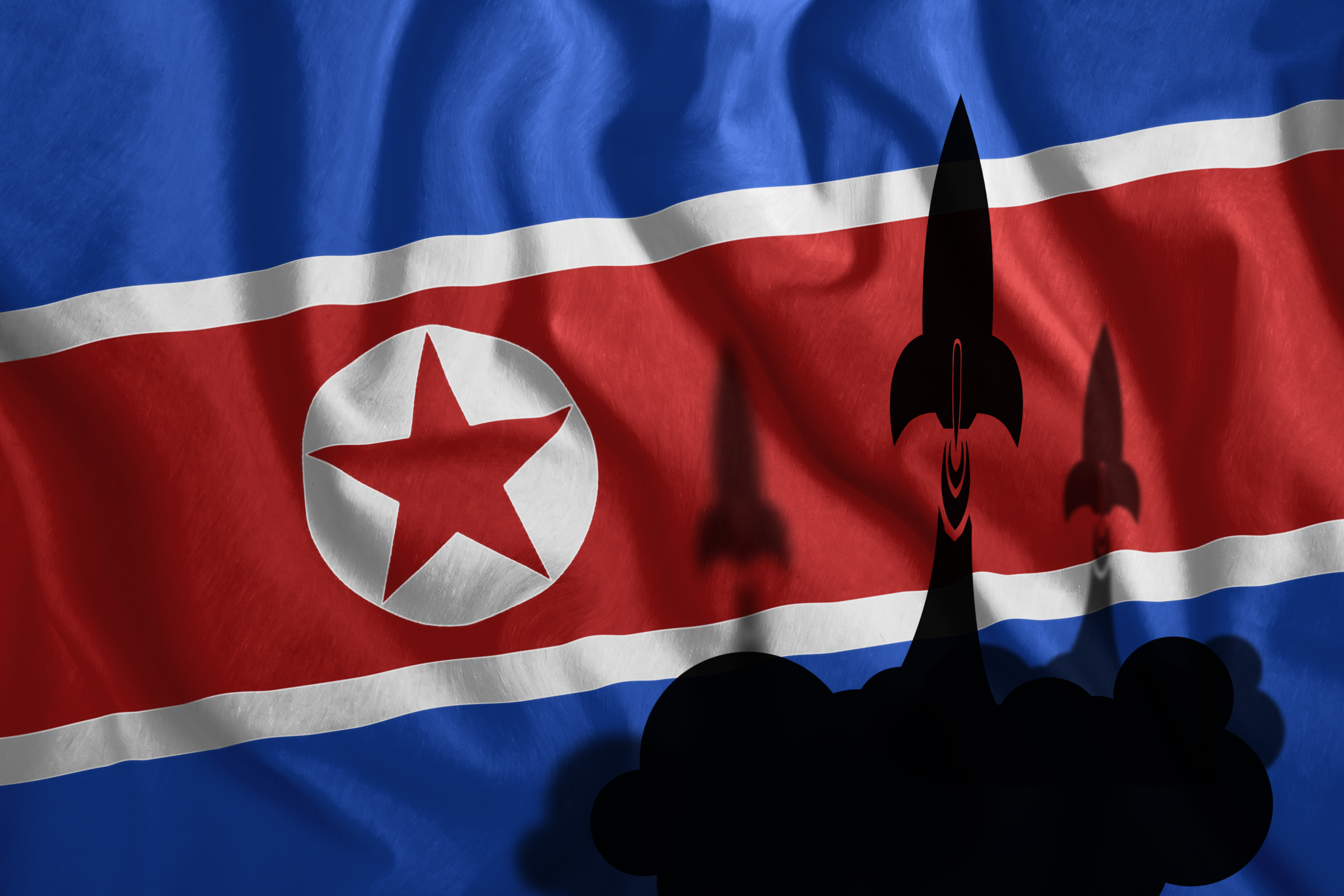
North Korea's Nuclear and Missile Development: Current Status and Prospects
Special Report | February 09, 2022
Cheol-Wun Jang
Research Fellow at the Korea Institute for National Unification (KINU)
Notwithstanding an international ban on ballistic missile and nuclear weapons tests, Pyongyang has launched seven ballistic missiles since January 2022. In this Special Report, Cheol-Wun Jang, Research Fellow at the Korea Institute for National Unification, lays out the status of North Korea’s nuclear and missile development and the implications of its weapons proliferation. Dr. Jang provides a comparison between the pattern of missile development under Kim Jong Un and that of his predecessors, claiming that Kim’s pursuit of the Byungjin Line has put a heavier emphasis on weapons proliferation. The author states that the arms race between the two Koreas is likely to persist, provided that North Korea aspires to accelerate its nuclear and missile development under Kim Jong Un.
Introduction
The Academy of Defense Science of the Democratic People’s Republic of Korea test-fired a hypersonic missile on January 5th, 2022. On the 11th, North Korea fired an identical hypersonic missile under the watch of Chairman Kim Jong Un. On the 14th, it fired a surface-to-surface short-range ballistic missile (SRBM) from a rail car. Ultimately, Kim instructed officials to “restart all temporarily suspended activities,” including nuclear and intercontinental ballistic missile tests at the 6th Political Bureau Meeting of the 8th Central Committee. Coming after a moratorium on nuclear weapons testing in effect since 2017, this has garnered considerable interest in North Korea's nuclear and missile capabilities.
North Korea’s Hypersonic Missile Test
North Korea may have already tipped off the world about its plan to test-fire hypersonic missiles in early January. At the Eighth Congress of the Workers’ Party of Korea held in January 2021, Kim Jong Un instructed the Party to “develop and introduce hypersonic gliding flight warheads.” On September 29th, North Korea conducted the first test-fire of the newly developed “hypersonic missile Hwasong-8.” Additionally, the Report on the 4th Plenary Meeting of 8th Central Committee of the Workers’ Party of Korea released on January 1, 2022 states that the national defense industrial sector “demonstrated the advancement and modernity of our military force.” The rationale behind this expression lies in the fact that only a few countries with advanced military technology develop hypersonic missiles. In other words, by test-firing hypersonic missiles one after another since early 2022, North Korea has tried to flaunt its efforts to advance and modernize its military force and the advanced quality of its national defense capacity.
North Korea's Linear Pattern of Missile Development under Kim Il Sung and Kim Jong Il
Before Chairman Kim Jong Un assumed power, the pattern of North Korea’s missile development was relatively linear. During the Kim Il Sung era in 1980, North Korea introduced Soviet-supplied liquid-propellant Scud missiles from Egypt. Consequently, it accumulated technical capabilities by reverse-engineering the missiles. Since then, North Korea expanded the range of liquid-propellant surface-to-surface ballistic missiles, long enough to strike the entirety of South Korea.
Subsequently, the Kim Jong Il regime pushed for the development of liquid-propellant ballistic missiles that are able to strike beyond the Korean peninsula. To this end, North Korea launched space projectiles. North Korea first launched its solid-propellant surface-to-surface ballistic missile with a range of a little over 100km in the mid-2000s. This is believed to have become the technical basis for the Kim Jong Un regime’s development of surface-to-surface solid-propellant ballistic missiles.
Pattern of Missile Development under Kim Jong Un – More Complex than Its Predecessors
Chairman Kim Jong Un proposed the “Dual Policy for Nuclear and Economic Development” (Byungjin Line) as its “new strategic policy line” in late March 2013. Nonetheless, this policy is considered to have focused on ultimately advancing nuclear and missile capabilities rather than economic development. Through its pursuit of the Byungjin line, North Korea has expanded the range of surface-to-surface liquid-fueled ballistic missiles to the extent to which they can hit mainland U.S. Additionally, North Korea developed solid-propellant submarine-launched ballistic missiles (SLBMs) and upgraded them into surface-to-surface missiles as well. It has thereby diversified launch platforms for ballistic missiles.
North Korea temporarily suspended its nuclear and missile advancement during the “Spring of Peace” on the Korean Peninsula. However, it resumed its missile tests after the second U.S.-DPRK summit ended with no agreement. Its list of missile tests includes test-fires of solid-propellant surface-to-surface short-range ballistic missiles, intermediate-range cruise missiles powered by a jet engine, hypersonic missiles, and ballistic missiles with a “missile fuel ampoule” system. Furthermore, North Korea not only fired ballistic missiles from a transporter-erector-launcher (TEL) vehicle, but also from a rail car.
Estimating the Mass of North Korea’s Fissile Materials Stockpile
While the information on North Korea’s nuclear capabilities remains obscure, it is possible to deduce a reasonable estimate of how much fissile materials North Korea has secured. Plutonium (Pu-239) is made by reprocessing the spent fuel produced in the 5 Megawatt electric (5 MWe) graphite-moderated reactor. South Korea’s Ministry of Defense currently (as of late 2020) estimates that “North Korea possesses around 50kg of weapon-grade Plutonium.”
Meanwhile, North Korea can produce highly enriched uranium (HEU) through its uranium enrichment plants that can accommodate at least 1,000 - 2,000 or at most 2,000 - 4,000 centrifuges. While the South Korean defense ministry states that North Korea is “believed to possess a substantial amount of highly enriched uranium,” it does not state how much the “substantial amount” actually refers to.
Implications from the Sixth Nuclear Test
The ramifications of North Korea’s six nuclear tests also provide grounds for deduction. I substituted the South Korean government’s measurements of the seismic wave magnitude during North Korea’s nuclear tests into the Korea Institute of Geoscience and Mineral Resources’ seismic wave magnitude formula[1]. The results can be found in
.
If North Korea used the same amount of fissile materials (e.g. Plutonium) on the first, second, and third nuclear tests, the estimated weapon yield implies that Pyongyang is right on the path to lower the size and weight of its nuclear weapons. North Korea claimed that the fourth and sixth tests were hydrogen bomb tests; while the fourth was a failure, the sixth test was a considerable success. [2]
Estimates for the Seismic Wave and Weapon Yield for North Korea’s First ~ Sixth Nuclear Tests
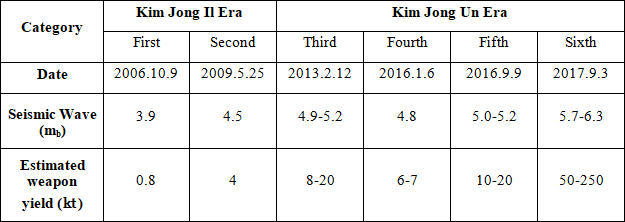
Estimating North Korea's Nuclear Weapons Capability
So how many nuclear weapons does North Korea possess? According to the International Atomic Energy Agency (IAEA), the production of a nuclear weapon with a weapon yield of 20kt requires 8kg of plutonium or 25kg of HEU. However, not all nuclear weapons possessed by India, Pakistan, Israel and the nuclear-weapon states (NWS) stipulated in the Treaty on the Non-Proliferation of Nuclear Weapons (NPT) contain equal amounts of fission materials; the amount differs depending on their yield. Therefore, the same amount of plutonium can produce different numbers of nuclear weapons and it makes no sense to question how many nuclear weapons North Korea owns.
Conclusion: Prospects for North Korea's Nuclear and Missile Development
At the Eighth Congress of the Workers Party of Korea, Chairman Kim Jong Un instructed that North Korea should strengthen the survivability of its nuclear and missile capabilities and that the country should develop not only strategic weapons, but also “tactical weapons.” According to my 2021 online survey of 100 South Korean experts on international relations, North Korean affairs, military issues, and weapons development, Chairman Kim is likely to achieve his goals within the next 10 years. From this, we can assume that the arms race between the two Koreas will continue for a considerable period of time and that the security dilemma will intensify.■
[1] (seismic wave magnitude (mb) = 0.84 × log(energy(kt)) + 4.28
[2] 250 kt, the maximum estimated weapon yield of the sixth nuclear test, can be substituted with 0.25Mt (1 Megatone = 1,000 Kilotones). This value is comparable to the weapon yield of a hydrogen bomb.
■ Cheol-wun Jang is a Research Fellow at the Korea Institute for National Unification. He studies inter-Korean relations and security issues on the Korean Peninsula, including North Korea’s nuclear and missile issues. He has previously worked for the Ministry of Unification, Yonhap News Agency, and IFES(Institute for Far Eastern Studies) of Kyungnam University. Dr. Jang graduated from the Department of Nuclear Engineering at Hanyang University in 2004. He received a master's degree in North Korean Studies in 2006 at Kyungnam University's Graduate School of North Korean Studies with his thesis "A Comparative Study on Nuclear Policies of the Two Koreas." In 2014, he received a doctorate from the University of North Korean Studies with his thesis “Arms Race of the Two Koreas in Surface-to-Surface Missiles: Determinants and Capabilities.”
■ Typeset by Seung Yeon Lee,Research Associate
For inquiries: 02 2277 1683 (ext. 205) | slee@eai.or.kr
North Korea’s Nuclear Proliferation
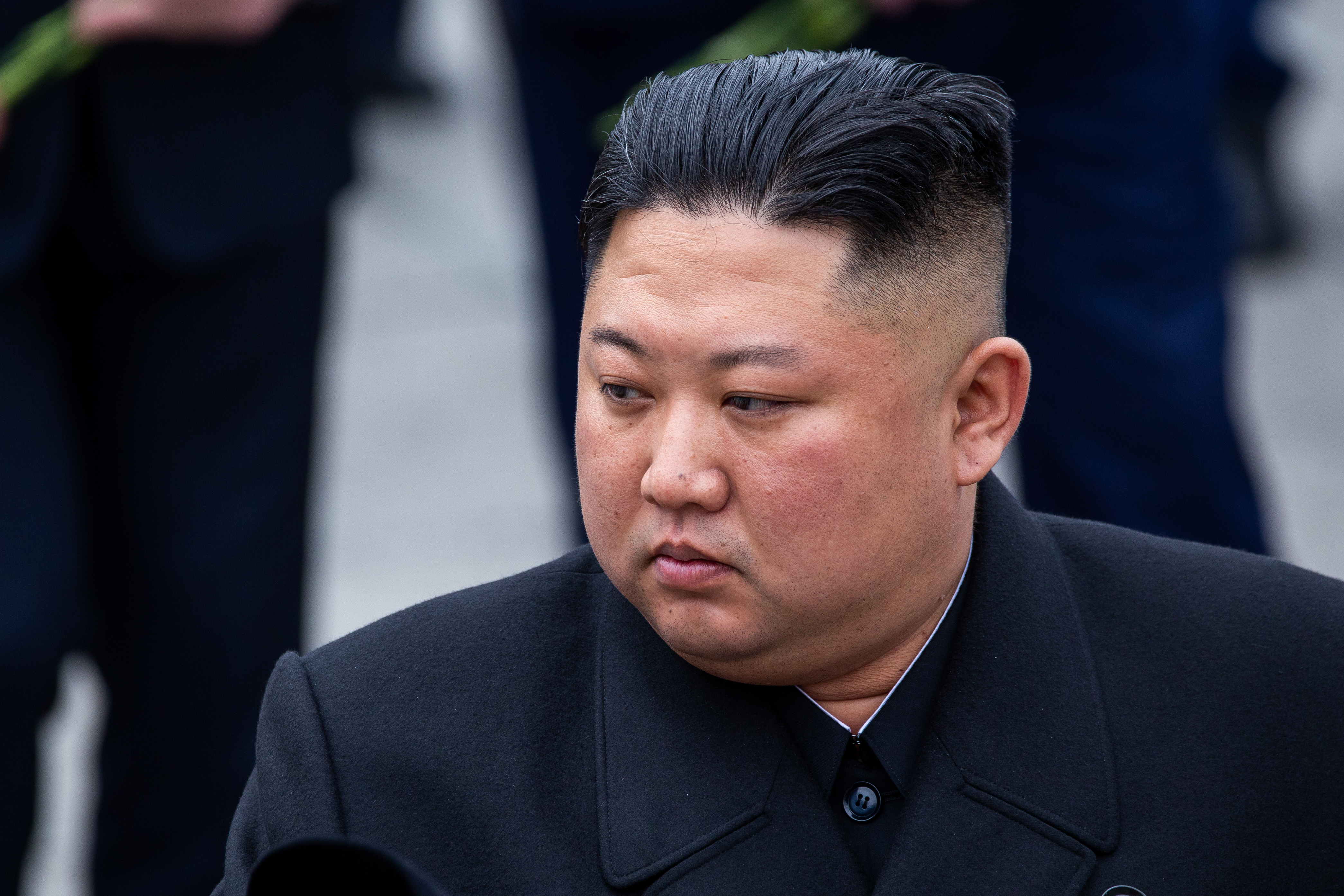
Reading Chairman Kim Jong Un’s Mind
Young-sun Ha | January 26, 2022
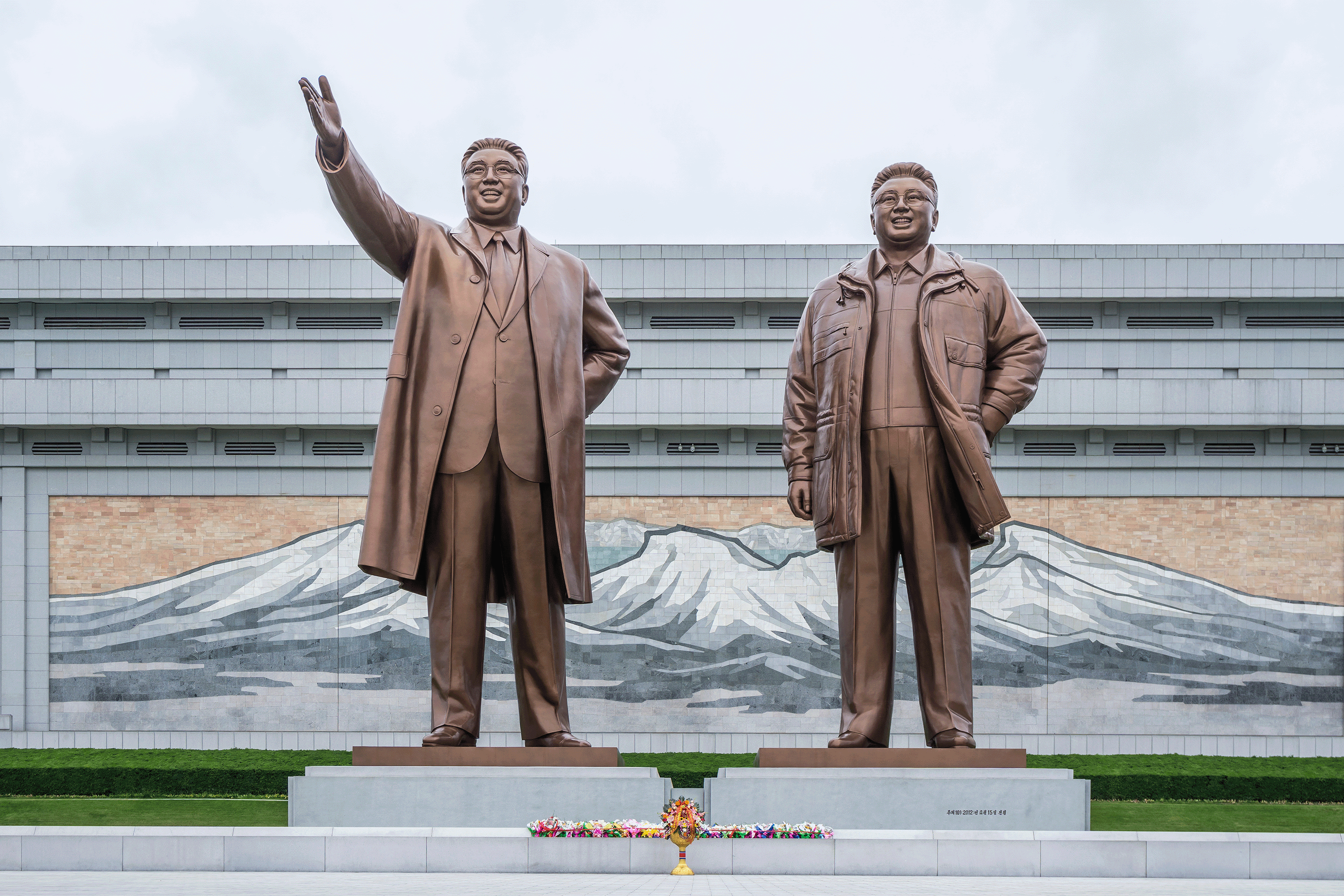
A Three-Way Comparison Between Songun Politics and Kim Jong Un’s Rule
Hyeong Jung Park | January 05, 2022
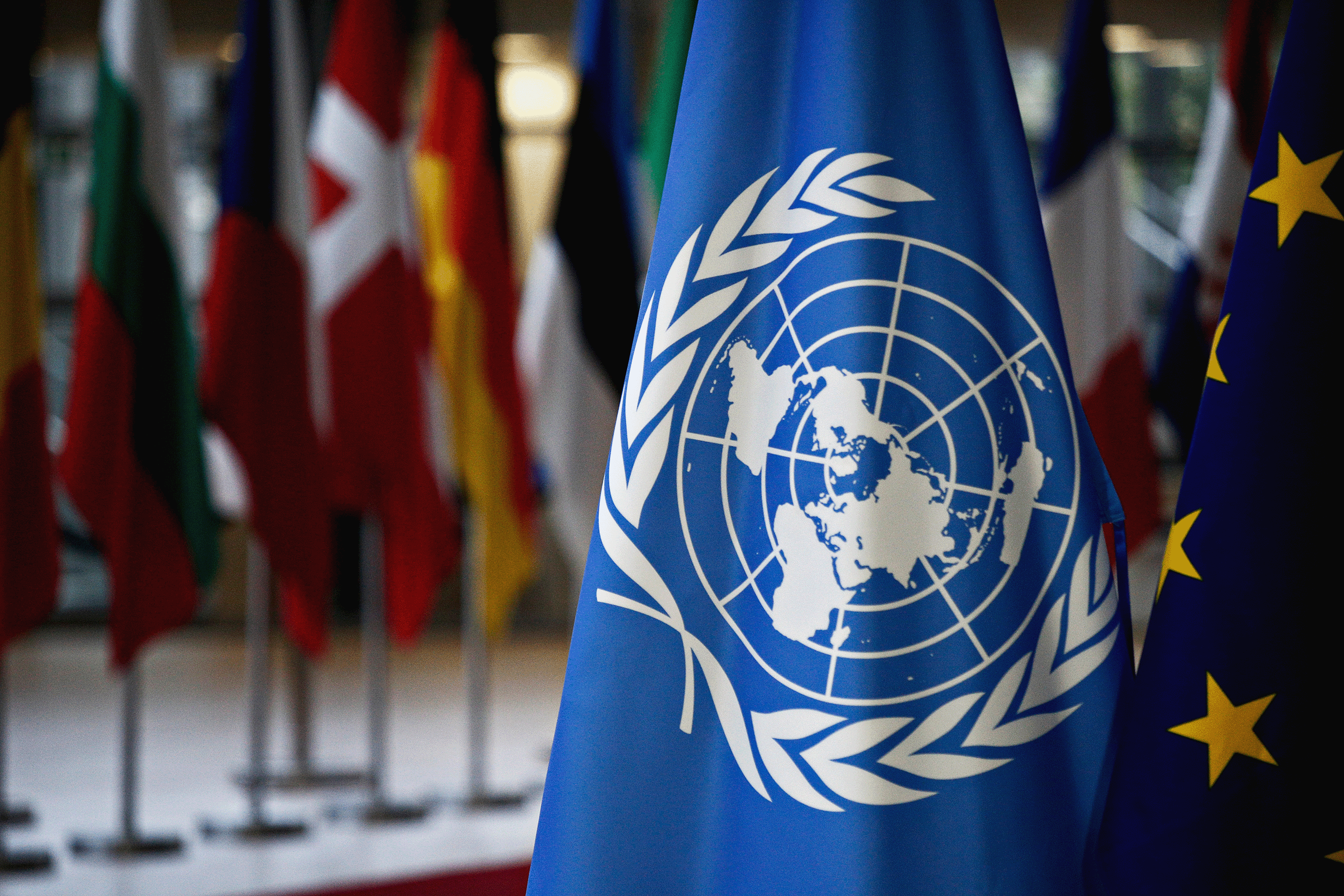
The Merits and Demerits of Two Koreas’ Simultaneous Admission to the United Nations
Shin-wha Lee | December 31, 2021
LIST